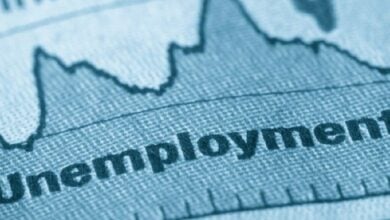California approves rules for converting sewage waste to drinking water

California regulators on Tuesday cleared the way for widespread use of advanced filtration and treatment facilities designed to convert sewage waste into pure drinking water that can be pumped directly into systems feeding millions of household taps.
More than a decade in the making, the regulations adopted by the State Water Resources Control Board represent a landmark in the quest to reclaim some of the hundreds of millions of gallons of waste discharge that flows out to sea unused each year, supporters say.
A number of communities have for years been blending highly purified wastewater into aquifers and reservoirs before people can drink it, a practice known in the parlance of engineers and resource managers as “indirect potable reuse.”
In the sprawling Orange County suburbs south of Los Angeles, home to Disneyland and upscale beach towns, much of the drinking supply for 2.5 million people comes from highly distilled waste that is used to recharge the groundwater basin and eventually is drawn back to the surface. The 69-page document approved on Tuesday provides a legal and regulatory framework for “direct potable reuse,” allowing the end-product of advanced purification to be fed straight into drinking water systems, without first making a stop in some kind of environmental buffer.






